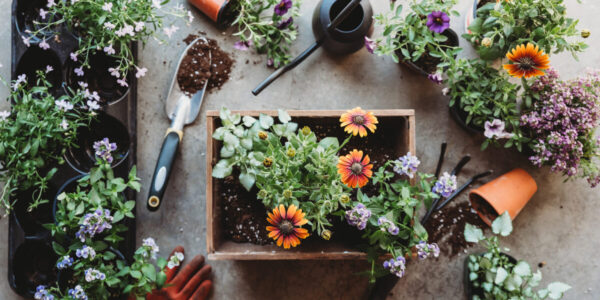
Leaves
Although leaves vary in appearance and structure (a few examples are shown at right), all have as their basic function the manufacture of sugars and other carbohydrates through the complex process of photosynthesis: the interaction of light energy with chlorophyll (the green material in leaves), which converts carbon dioxide from the air and water from the soil into sugars and oxygen.
Photosynthesis requires large amounts of water. Once this water is drawn up from the roots through the stems and into the leaves, it encounters carbon dioxide, which has entered the leaf through the stomata, minute pores located primarily on the leaf undersides. Besides allowing the inflow of carbon dioxide from the air, the stomata permit the outflow of oxygen, which is a byproduct of photosynthesis, and of excess water vapor (transpiration). Since a leaf’s interior tissues must be moist but outside air is often dry, the stomata can close as needed to prevent dehydration. Leaves can be further protected from drying by an outer coat (epidermis) that may be hairy, extra thick, or waxy.
Photosynthesis comes to a halt in deciduous plants during their leafless dormant season, and it slows greatly in evergreen plants during their modified dormancy in cold weather. For this reason, most plants require much less water from late fall to early spring, so gardeners can dig and move them with less damage during this time.
Anything that interferes with photosynthesis and the subsequent transfer of sugars throughout the plant can have harmful consequences. For example, if leaves are cut by pruning or chewed by insects, the injured tissue may seal to prevent the loss of moisture–but the leaves will not regrow, and the area available for nutrient manufacture will be decreased. Soot, grime, and dust on leaves can interfere with free air circulation through the stomata and reduce the amount of sunlight available to the leaves. A smothering mat of leaves on a lawn can halt the production of chlorophyll in the grass, causing it to turn yellow and stop growing.
Photosynthesis
Sunlight acts on green chlorophyll in leaves to convert water and carbon dioxide to sugars and oxygen.
Leaves draw in carbon dioxide from the air and give off oxygen.
The vascular system in stems transports water to leaves from roots and circulates sugars throughout the plant.
